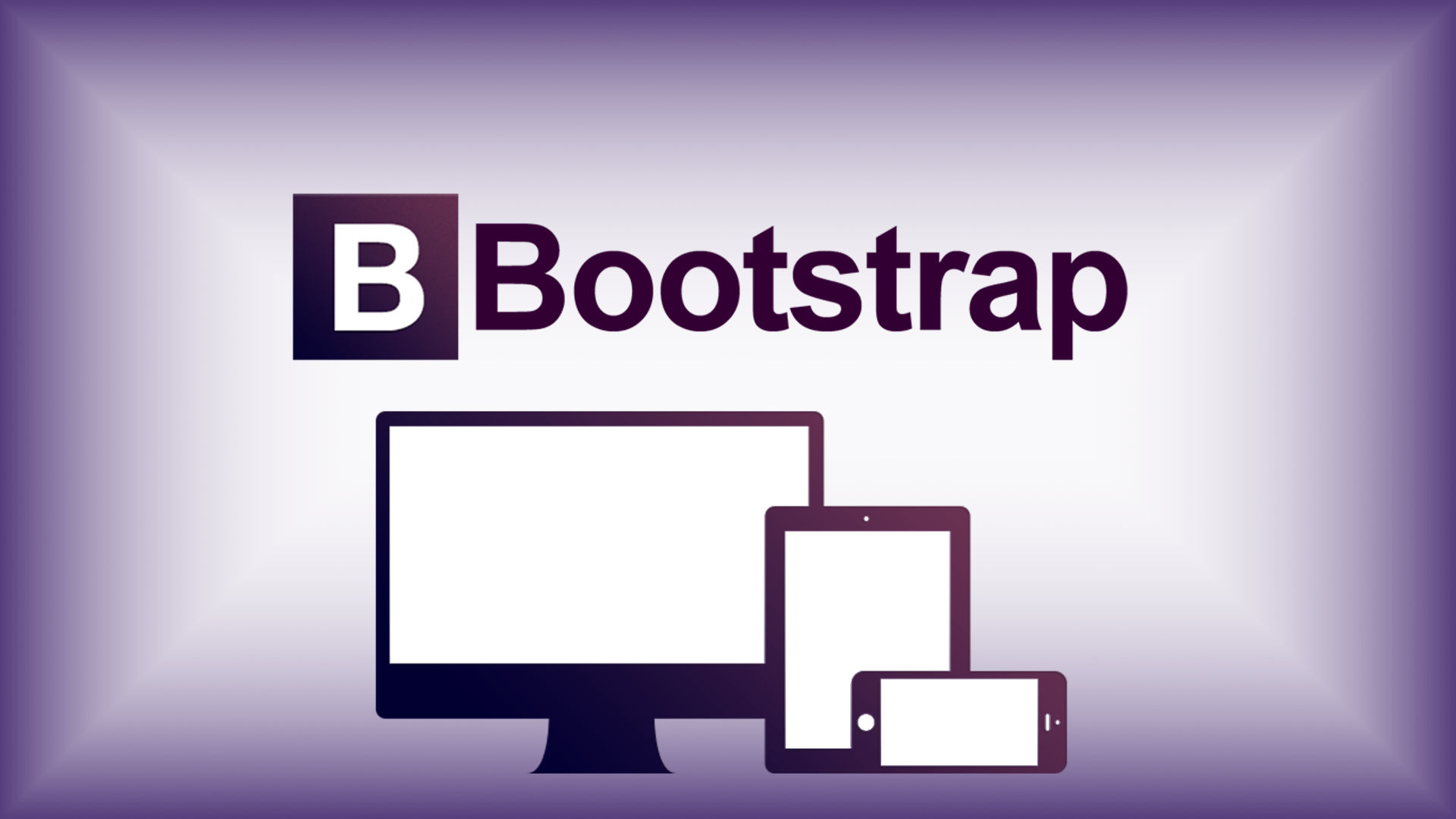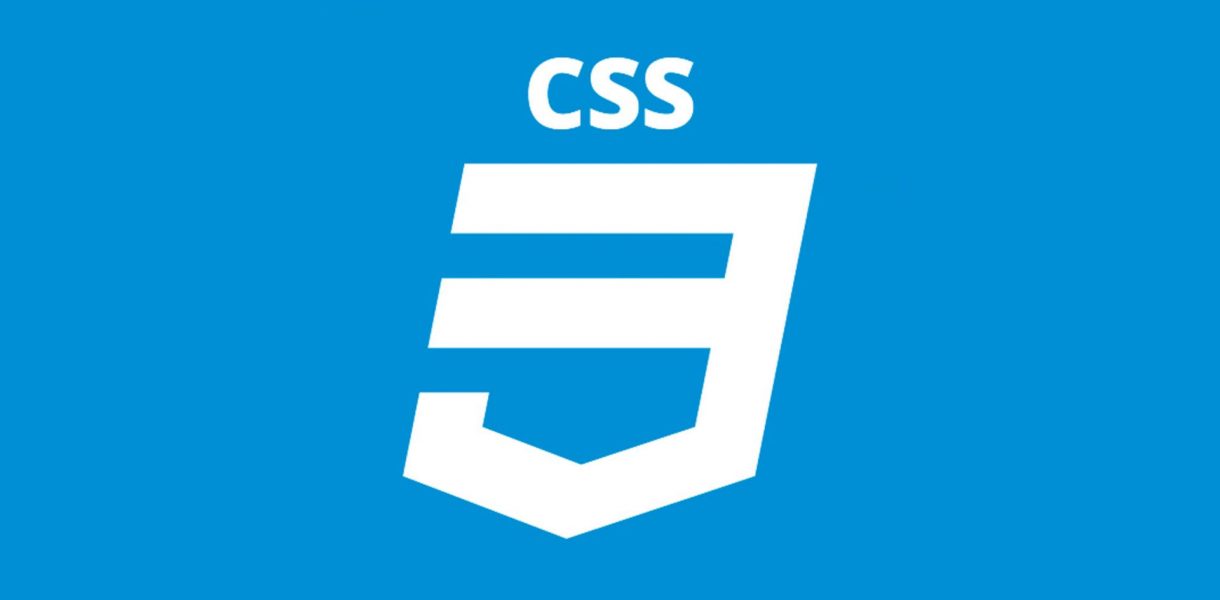In simple words, the purpose of PHP frameworks is to simplify the process of developing websites and web applications. JavaScript frameworks help developers create user-friendly and beautiful interfaces, while popular CSS frameworks make website building easier.
Cascading style sheets work in much the same way as styles in MS Word or another similar word processing program. To make the continuous flow of a regular text document easy to visually perceive and understand, all you need to do is select the appropriate style from the drop-down list in the Menu or press a certain combination of hot keys.
Website coding is a very painstaking work that involves a huge number of routine repetitive operations. The very logic of the process requires systematized styles and standardized, template-based formatting.
Bootstrap
Bootstrap is perhaps the most famous CSS framework. More than 22% of websites with responsive design have already been made with its tools, which is very important in the era of the global transition to Mobile First Indexing.
Responsive web design with Bootstrap styles is based on the Flexbox model that initially defines a grid that seems to stick to any display format and size.
The adaptive flexible grid automatically redistributes content placement so that texts, graphics, and active elements are conveniently located for perception and touch control, and images fit perfectly into the screen without cropping or aspect ratio distortion.
The Bootstrap framework has a wide range of ready-to-use components to fill web page templates with everything you need, including drop-down menus and lists, progress bars, and navigation panels.
Bootstrap tools and ready-made solutions are suitable for integration and concurrent use with JavaScript, which allows developers to customize interactive features according to the designers’ wildest ideas.
An important advantage of Bootstrap is its detailed documentation with instructions for all the smallest elements. For beginner developers, there are practical examples that allow them to copy and paste components to embed them into web pages.
The Bootstrap libraries already contain thousands of ready-made solutions, which are enough to make a high-quality Internet resource without writing CSS code at all.

Tailwind
Experts believe that the Tailwind framework will become a “Bootstrap killer” because it solves many of the latter’s problems.
- Tailwind makes Bootstrap syntax clearer.
- It reduces the weight of CSS files, thereby speeding up the loading of websites in browsers (an important search ranking factor).
- The Tailwind framework makes a systematic list of Bootstrap’s endless ready-made solutions and classifies them into a logically structured style library, which makes it easier to find the necessary solutions.
The list of its advantages also includes the ease of creation of complex responsive layouts for mobile websites and a large selection of color schemes, styles, themes, and fonts to customize.
Material-UI
Material-UI is another noteworthy CSS framework. Its advantages include detailed documentation, regular updates, innovative solutions, uniformity of styles, and good taste in design and color schemes.
But there are also some disadvantages. The framework performs well in small projects, but in larger ones, some problems are difficult to solve. It has a relatively low performance. Some experts also consider the relationship of Material-UI to Google’s global ecosystem to be a disadvantage.




